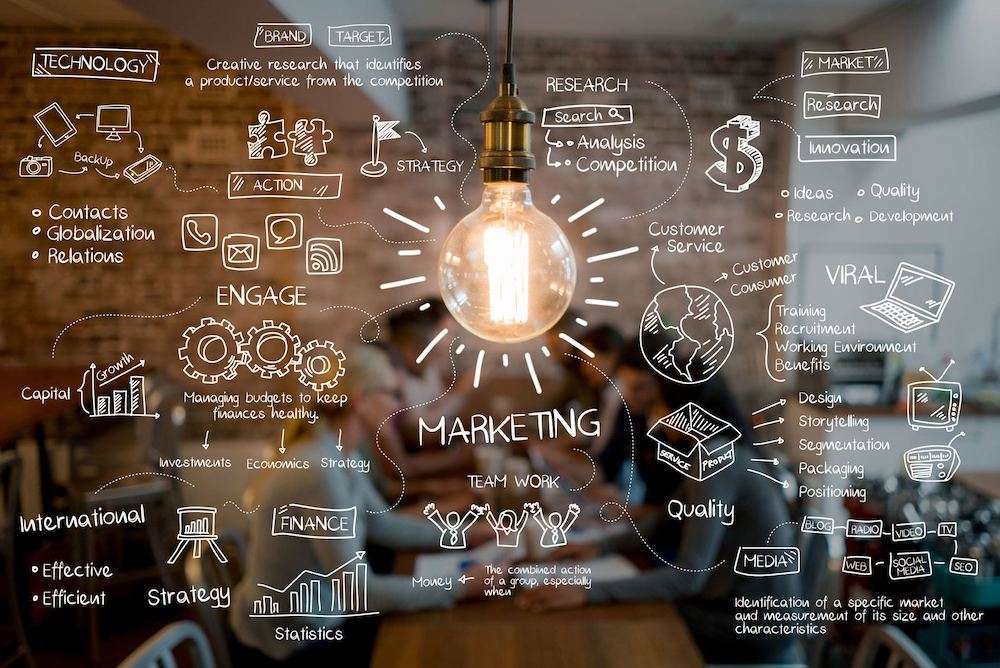Generative AI has been moving 100 miles an hour for the last year, like it or not As new and surprisingly powerful as gen AI is, we can already see how companies will incorporate gen AI capabilities into their businesses’ strategies and operations. Our experience with two earlier, explosive technologies show you how.
- The BYO explosion of the late 2000s taught us how to incorporate employee-led disruption. We learned that when employees brought personal technology to solve customer and business problems. We empowered, guided, and protected employees and the firm while taking advantage of the new value that personal technologies in business brought.
- The mobile, social, original internet explosions taught us how to respond to and take advantage of customer-led disruption. We built mobile apps to help customers in their mobile moments of need; we adopted social media communications to improve engagement and collaboration; and we tooled up to take full advantage of the business models shaped by the internet.
Technology executives should prepare for generative AI to follow both paths and sprint into your business through four doors:
- Bottom-up. Some of the 100 million people already using generative AI work for you. As you learned in the BYOD era, employees will adopt any tool that makes them more successful. The hyperadoption of gen AI leads to rampant BYOAI adoption. You can’t stop them, not fully. Your job is to put up guardrails that protect the firm’s IP and teach the skills of responsible AI. You need guardrails because your company IP is at risk. Just like with the original onslaught of BYO, you need to tune in now and empower, guide, and protect employees and the firm. Sharpen your listening tools and network sniffers. Revisit and promote your responsible AI policies ASAP. Your response to BYOAI will shape your top-down approach to gen AI, because employees will have elevated their robotics quotient and will be ready to go.
- Top-down. Gen AI will unlock the value of 10-plus years of investments in data, insights, and artificial intelligence, including machine-learning models. This is where your investments in trusted AI will pay off, because you’re ready to use them. Already, the hyperscalers and software-as-a-service platform providers have announced and will trickle release gen AI-infused applications. Already, service providers and you are using TuringBots to generate and test code. Already, you’re incorporating marketing content generated from text prompts to hyperpersonalize engagement. And soon, you’ll overhaul your usability with text-based interfaces to business and analytics applications. Every part of your business will have ideas on how to use generative AI, mostly to optimize, automate, or augment something. Some will be great. Pick the ones that are easiest, safest, and most practical to deploy first.

- Outside-in. Customers’ expectations for what gen AI can do for them are rising faster than anybody can keep up with. Every day, there is a new application using gen AI to do something useful. The latest I saw was a “free” cover-letter generator using GPT-4. (“Free” means that they’re accumulating your job preferences to resell as insights.) Microsoft triggered the search wars with OpenAI in Bing, and Google is now full-on engaged with Bard. Already, in the US, 35% of Gen Zers and 25% of Millennials have used bots to help buy hard-to-find inventory. That bot habit will be supercharged with gen AI, raising expectations even higher. Your job starts by anticipating where customers’ adoption will directly affect your company. If a customer has a better idea of your product landscape than your salespeople, that’s not good. If they are getting gen AI-powered customer care from a competitor and not you, not good. If your competitors’ stuff is in a next-generation recommendation engine and yours isn’t, that’s not good. Just like with mobile, your response will be to ramp up your customer-facing gen AI capabilities inside-out.
- Inside-out. As you move through the gen AI opportunity thicket, you will quickly identify ways to help customers and deliver more value with your own gen AI-infused applications. Customer care or empowering frontline employees will be an early payoff, we expect. But you’ll find opportunities to streamline customer onboarding, hyperpersonalize engagement, provide better customer self-service, and stimulate a new round of value creation like what was triggered by mobile apps. Sort the scenarios based on the readiness of your data, the impact you will have, and your confidence that you can anticipate and manage the costs that go along with gen AI licensing and computing. The technical architectures are still in flux, but we believe that it will incorporate layers of intelligence — some of yours, some from others, and some public — protected by control gates for inputs and outputs and piped together into gen AI-infused applications. This “layers, gates, and pipes” approach will help you scale, take advantage of all the capabilities, and give you intense visibility into how it’s going and where the costs lie.
Let’s Connect
If you’re a SwiftERM client or considering becoming one, and you would like to learn more, please let me know a good time to talk. We can help direct you to the best analyst to speak with if I’m not the best person. You can also follow or connect with me on LinkedIn if you’d like.





